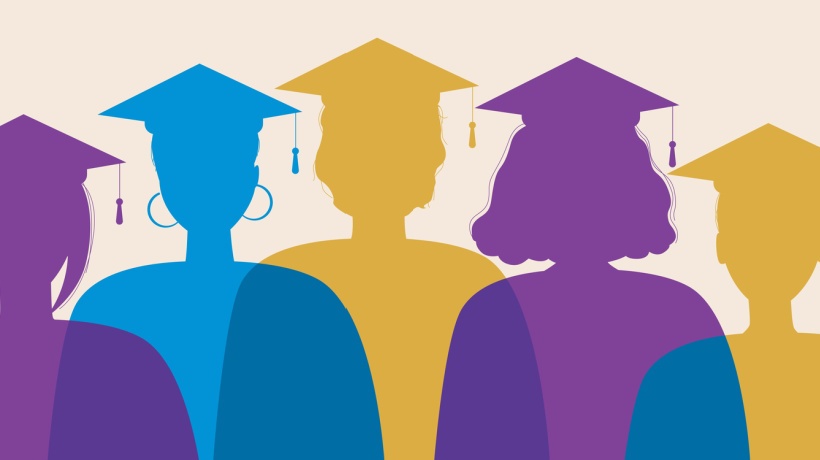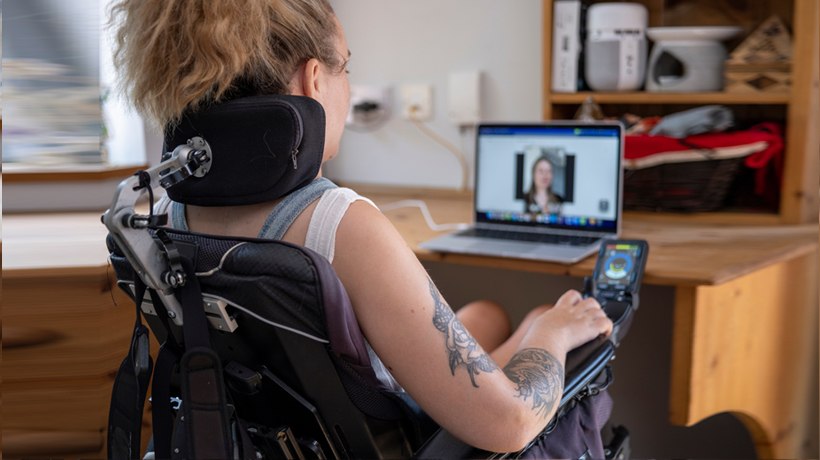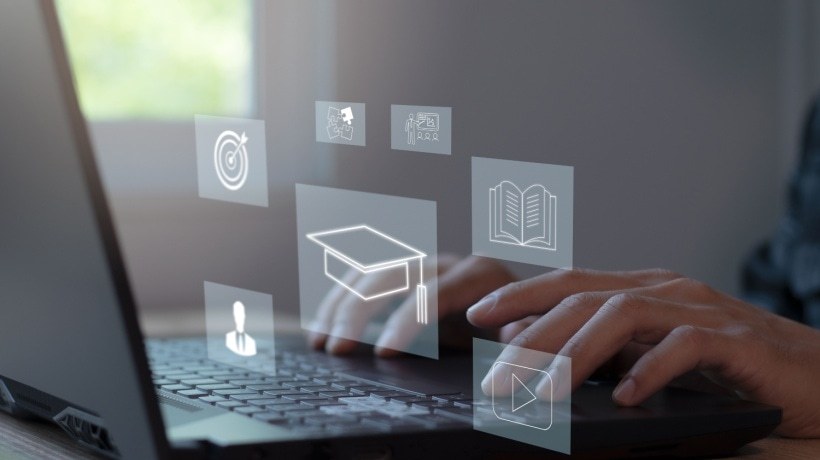The Key To Successful eLearning Accessibility In Institutions
In the dynamic realm of education, institutions are navigating a paradigm shift towards digital transformation to address the ever-expanding spectrum of learning requirements. Amidst this evolution, a pivotal facet emerges—the imperative to guarantee eLearning accessibility for all students, including those with diverse abilities and disabilities. This commitment not only nurtures inclusivity but also demonstrates alignment with crucial legal mandates such as the Americans with Disabilities Act (ADA) and Section 508 compliance. Throughout this article, we will delve into essential strategies enabling institutions to adeptly integrate eLearning accessibility, thereby fostering an educational environment that embraces diversity and ensures equitable access for every learner.
Understanding eLearning Accessibility
eLearning accessibility involves tailoring the design and delivery of digital educational content to meet the diverse needs of individuals with disabilities. These disabilities encompass a spectrum, including visual, auditory, motor, or cognitive impairments, making it imperative for educational institutions to implement inclusive practices. Ensuring eLearning accessibility not only promotes equality in access to educational materials but also fosters an environment where every student can engage effectively in the learning process, regardless of their unique abilities or challenges.
Key Strategies For Successful eLearning Accessibility Adoption In Institutions
1. Conduct A Comprehensive Accessibility Audit
Before implementing eLearning accessibility, institutions should conduct a comprehensive audit of their existing digital content and platforms. This involves a meticulous examination of various elements, including multimedia presentations, interactive modules, and communication tools. By identifying areas of improvement through this audit, institutions can strategically prioritize updates, ensuring that their digital infrastructure aligns seamlessly with globally recognized accessibility standards such as the Web Content Accessibility Guidelines (WCAG).
2. Provide Professional Development For Educators
Educators play a pivotal role in ensuring eLearning accessibility, serving as the linchpin for a truly inclusive educational experience. Recognizing the transformative impact of their influence, institutions should not only invest in professional development programs but also foster a culture that encourages ongoing learning. These programs equip instructors with the skills to adeptly create accessible content, leverage assistive technologies effectively, and implement inclusive instructional practices, thereby empowering them to champion accessibility seamlessly in their day-to-day teaching endeavors.
3. Choose Accessible Learning Management Systems (LMSs)
Selecting an LMS that prioritizes accessibility is fundamental for fostering an inclusive digital learning environment. Institutions must meticulously assess whether the chosen platform not only complies with established accessibility standards but also goes beyond by incorporating features tailored to support a wide range of learning needs. An accessible LMS should not only offer alternatives for multimedia content but should also seamlessly facilitate keyboard navigation, ensuring ease of use for students with varying physical abilities.
4. Create Accessible Course Content
Educational institutions should foster a culture that emphasizes the incorporation of accessible design principles in content creation. This involves not only providing alternative text for images but also ensuring the use of easily readable fonts and thoughtfully selected color contrasts. Additionally, educators should prioritize logically organizing content, facilitating a seamless learning experience for all students. Emphasizing text-based alternatives for multimedia content is crucial, allowing individuals with diverse learning needs to access information in a manner that suits their preferences and requirements.
5. Implement Universal Design For Learning (UDL) Principles
Adopting UDL principles, a cornerstone of inclusive education, goes beyond meeting the basic needs of learners. By emphasizing multiple means of representation, educators can cater to diverse learning preferences, ensuring that information is accessible through various formats such as text, audio, and visual aids. Furthermore, promoting engagement through varied instructional methods and offering flexible avenues for expression allows students to demonstrate their understanding in ways that align with their unique strengths and preferences.
6. Foster Collaboration With Accessibility Experts
Collaborate with accessibility experts or consultants who specialize in eLearning. These professionals can provide valuable insights, conduct accessibility audits, and guide institutions in implementing best practices. Establishing partnerships with experts can accelerate the adoption of accessibility measures.
7. Promote Student Awareness And Involvement
Raise awareness among students about the importance of eLearning accessibility. Encourage them to provide feedback on the accessibility of digital materials and platforms. Involving students in the process ensures that the institution considers diverse perspectives and experiences when refining accessibility practices.
8. Regularly Update Accessibility Policies
Institutions should establish and regularly update accessibility policies to align with evolving standards and regulations. These policies should outline expectations for content creators, educators, and administrators, reinforcing the institution's commitment to fostering an inclusive learning environment.
Conclusion
Successfully adopting eLearning accessibility is a multifaceted process that requires collaboration, awareness, and continuous improvement. By prioritizing accessibility in digital education, institutions not only comply with legal requirements but also enrich the learning experience for all students. Embracing eLearning accessibility is a transformative step towards building an educational ecosystem where every individual, regardless of ability, can thrive and succeed.









